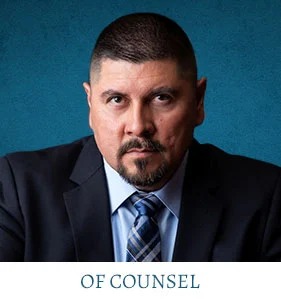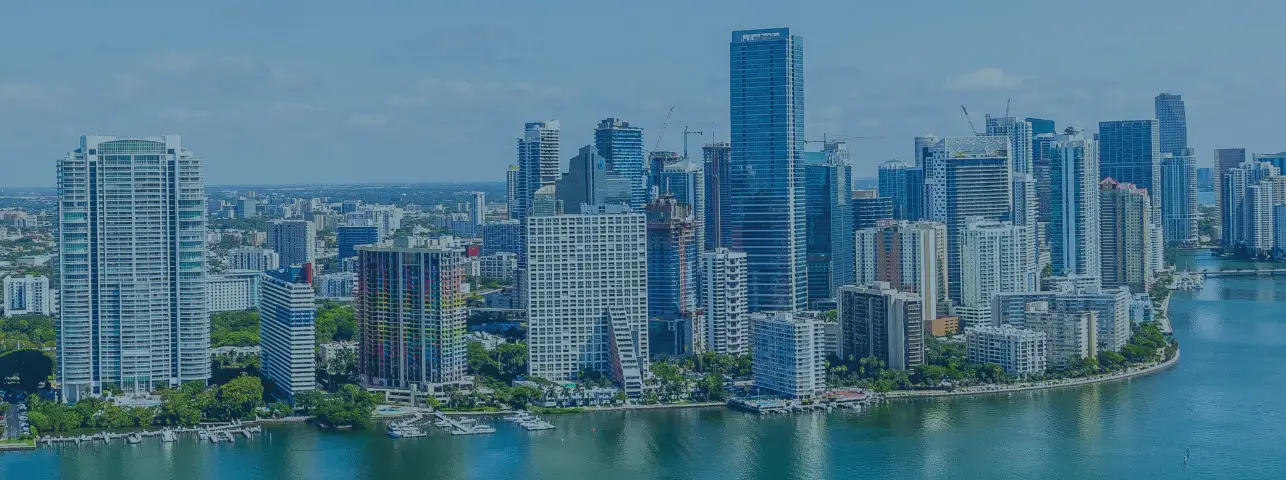Handling Cases Nationwide
A fence is a simple and mostly-inexpensive way to keep curious children and trespassers away from a pool. In fact, fencing off a pool, lake, or other body of water is often seen as one of the most common, reasonable steps that a property owner can take to protect guests and children and help shield him- or herself from legal liability in the event of a drowning or near-drowning incident. But not just any fence will do: an improperly constructed fence or a poorly maintained fence will not prevent accidents from occurring and may fail to shield a property owner from legal liability.
What Sort of Fence Should Be Used Around Pools and Other Bodies of Water on Private Property?
Some property owners believe that all that is needed to protect them from legal liability in the event of a drowning or near-drowning incident is to have a sign posted near the water indicating that the pool or other body of water can be dangerous or that trespassers are prohibited. Some may take what they consider the extraordinary step of placing a simple rope around the pool or body of water. None of these steps are sufficient to shield a property owner from legal liability, however – especially if a child wanders onto the property and becomes injured.
When it comes to children and water, the law recognizes that children appear to be drawn to pools and other bodies of water and are at an increased risk of being injured thereby. Under the doctrine of “attractive nuisance,” therefore, a property owner must take additional measures to protect children from the dangers of a pool or body of water on his or her property. This usually means the construction of a fence that is:
- Tall enough that children cannot climb over it or would be dissuaded from attempting to climb over the fence;
- Built low enough to the ground that children cannot scurry under the fence;
- Constructed so that children cannot slip through the fence;
- Built with a sufficient foundation that the fence cannot be toppled; and
- Maintained well enough that the fence continues to serve as an obstacle to children who may want to use the pool or body of water.
What Should I Do if My Child Drowns or Suffers Injuries Around Another Person’s Pool?
Your immediate concern after your child is injured or drowns is seeking immediate medical attention for your child. Your child’s health is paramount. Once your child’s injuries have been treated, however, there are additional steps you should take in order to protect your legal rights and help your child drowning and near-drowning accident attorney determine if the property owner is responsible for the incident:
Take photographs of the pool and fence area
Try to do so as soon as possible after the incident and before the owner has an opportunity to repair or replace an inadequate or failing fence.
Speak with others
Speak with others in the neighborhood who also have children who may have been able to wander onto the property and access the pool. This testimony can help establish that the measures taken by the property owner were not sufficient.
See if anyone witnessed the incident
Their testimony would be vitally important as they can describe how easily your child was able to access the pool.
Contact Zinda Law Group at (800) 863-5312 for assistance with a drowning or near-drowning incident caused by a defective pool. Our attorneys will review the evidence you are able to collect and analyze the facts of your case. Where a property owner has built or maintained an inadequate fence around his or her pool, we can help you recover compensation for injuries your child sustained in a drowning or near-drowning incident.


























